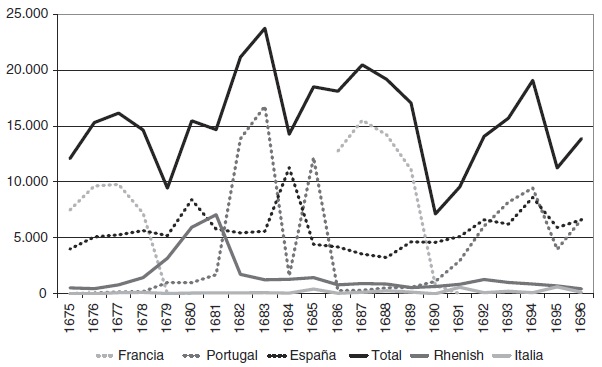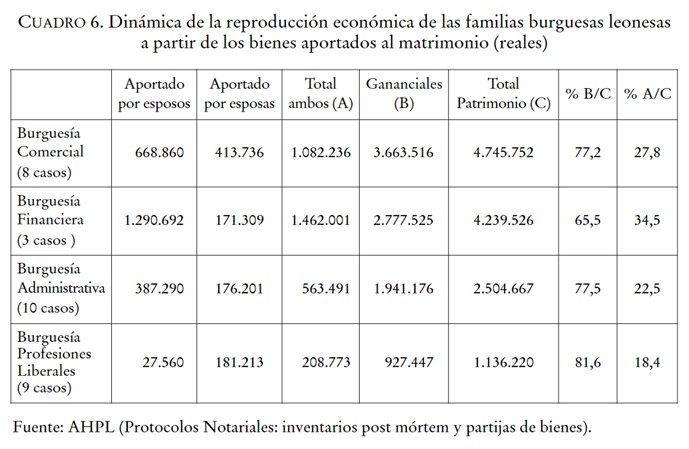
The following engraved print omits any reference to the draughtsman. The original engraving belongs to the fifth booklet, published between 1779 and 1783. Separate print from: Cruz Cano and Juan de la Olmedilla (1734-1790), depicts the image of a villager or also known as “jebo”, which according to Emiliano de Arriaga’s Lexicon of Bilbao means “villager”, i.e. a stocky young man, with rough manners and forms, but with a noble and honourable background. There is an abundance of soft colours, with red standing out among the more muted tones. The shaded lines also stand out, showing the figure’s pose. The background of the image shows no elements, and the sparse vegetation gives the landscape a certain static character, making the main figure stand out even more.
Collection: Images
Project: 3. Rural world and urban world in the formation of the European identity., 4. Family, daily life and social inequality in Europe.
Chronology: XVIII
Scope: Secondary education, Baccalaureate, University
Link: https://liburutegibiltegi.bizkaia.eus/handle/20.500.11938/67617
Resource type: Image
Format: Printmaking, etching and engraving (261 x 174 mm)
Source: Casa de M. Copin (Madrid)
Date: 1779-1783
Owner: Daniel Maldonado Cid (Modernalia)
Identifier: b11295259
Copyright: Cruz Cano y Olmedilla, Juan de la (1734-1790) Coleccion de trajes de España, tanto antiguos como modernos
Abstract: Picture of a villager in the vicinity of Bilbao
Tags







